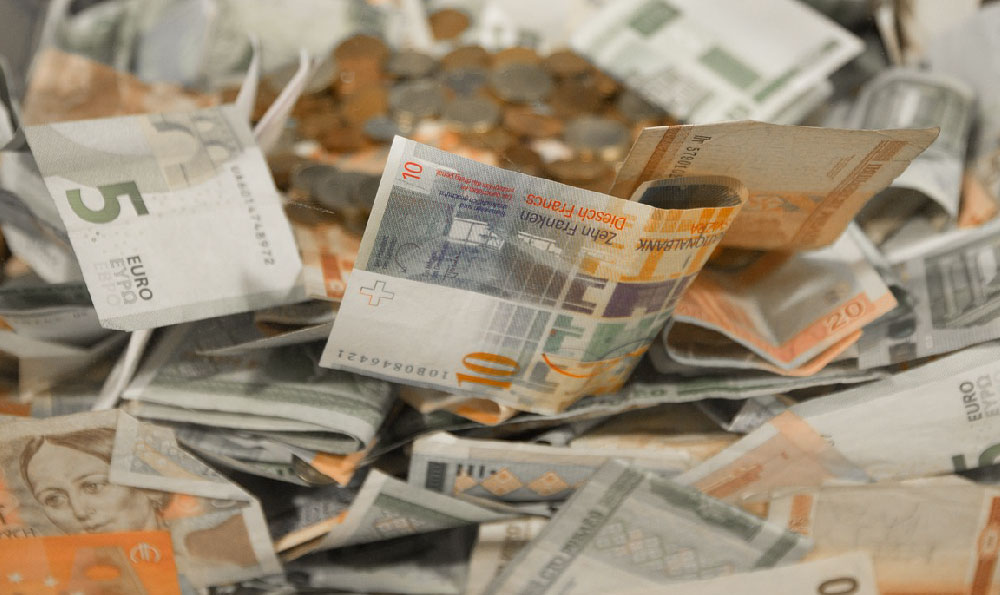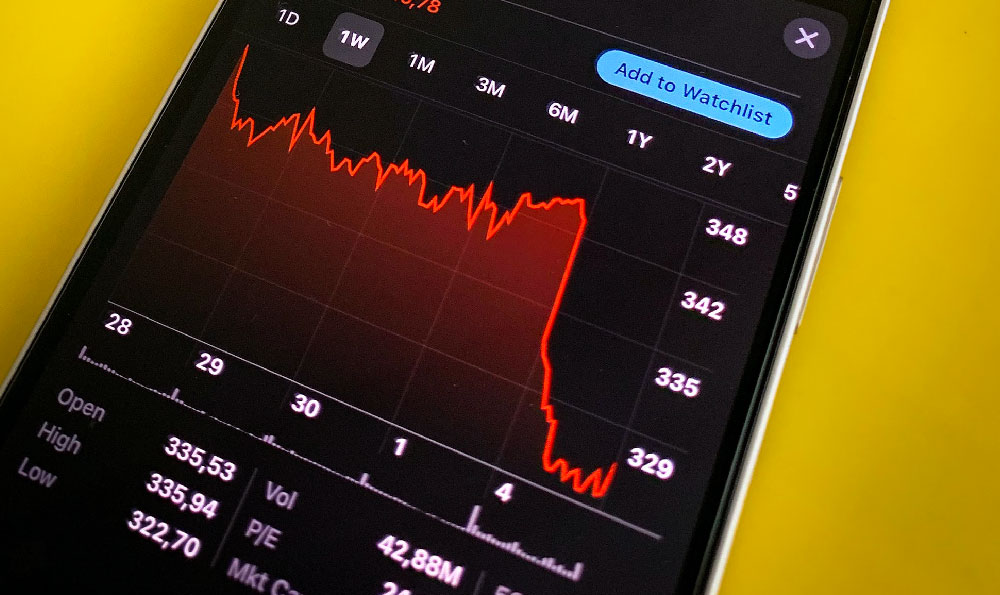
Alright, let's delve into the financial phenomenon that is Taylor Swift's "The Eras Tour." Quantifying its exact revenue and profit is akin to trying to catch lightning in a bottle, but we can certainly provide a well-reasoned, data-driven estimate based on available information and industry benchmarks. The scale of this tour is unprecedented, making it a unique case study in the entertainment and financial worlds.
Firstly, consider the most readily available data point: ticket sales. Reports indicate that over 4.3 million tickets were sold across the North American leg alone. The average ticket price varied considerably depending on location, seat quality, and the dynamic pricing strategies employed, but a conservative estimate puts the average at around $238. This yields a gross revenue from North American ticket sales of roughly $1.02 billion. However, this figure doesn't tell the whole story.
Several factors significantly influence the ultimate profit margin. A crucial element is the cut taken by various stakeholders. Ticketmaster, as the primary ticket distributor, undoubtedly collected a substantial fee on each ticket sold. While the exact percentage is confidential, industry standards suggest a commission ranging from 10% to 15%, potentially amounting to over $100 million in gross revenue for Ticketmaster within North America alone. Furthermore, venue owners also receive a significant portion of the ticket revenue. These venue fees can vary widely depending on the size and location of the venue, but are generally in the range of 15% to 20%. This could translate to another $150 to $200 million.

Beyond direct ticket sales, a significant revenue stream originates from merchandise sales. The Eras Tour was notorious for its long lines and high demand for tour merchandise, ranging from apparel to posters to commemorative items. Average spending per concertgoer likely fell between $80 and $150. Using a conservative estimate of $100 per person, and multiplying this by the 4.3 million North American attendees, we arrive at an estimated merchandise revenue of $430 million. The profit margin on merchandise is typically higher than that of ticket sales, often reaching 50% or even 60% after accounting for production costs, design fees, and staffing. This could translate to a profit of between $215 and $258 million just from merchandise.
Another crucial element of the revenue mix is sponsorships. While the specifics of Taylor Swift's sponsorship deals remain confidential, major tours often attract substantial sponsorships from brands seeking to associate themselves with the artist's image and reach a large audience. Considering the scale and cultural impact of The Eras Tour, one could reasonably estimate that sponsorship revenue could easily reach tens of millions of dollars, potentially even exceeding $50 million. This revenue stream typically boasts a high profit margin, often approaching 80% or higher.
Now, let's consider the expenses associated with such a massive undertaking. A tour of this magnitude requires a substantial investment in production, including stage design, lighting, sound systems, and special effects. Transporting this equipment, along with the large crew required to operate it, adds significant costs. Estimates for production expenses could easily reach tens of millions of dollars per tour leg. Artist fees, including payments to Taylor Swift and her backing musicians and dancers, also constitute a major expense. While Swift herself likely receives a substantial portion of the overall revenue, other performers and crew members must also be compensated. Further, travel and lodging costs for the entire touring party are substantial, especially given the duration and geographical scope of the tour. Security costs are also non-trivial.
Adding to these hard costs are the soft costs: marketing and advertising. Promoting The Eras Tour required a significant investment in various advertising channels, including social media, television, and radio. This investment likely ran into the tens of millions of dollars. Insurance is another often-overlooked expense, as touring operations require comprehensive insurance policies to protect against unforeseen events. Furthermore, there are administrative costs associated with managing the tour, including legal fees, accounting fees, and management fees.
Taking all of these factors into account, we can attempt to estimate the overall profit margin. While the gross revenue from ticket sales and merchandise could easily surpass $1.45 billion for the North American leg alone, a significant portion of that revenue is allocated to various stakeholders and expenses. A reasonable estimate for the overall profit margin, considering the scale of the tour and the various costs involved, would be in the range of 30% to 40%. This suggests that Taylor Swift and her team could have earned a profit of between $435 million and $580 million from the North American leg of The Eras Tour.
The international legs of the tour will undoubtedly contribute significantly to the overall revenue and profit. While ticket prices and merchandise sales may vary across different regions, the sheer scale of the international tour will generate substantial income. It is not unreasonable to suggest that the worldwide gross revenue of The Eras Tour could eventually exceed $2 billion, potentially making it the highest-grossing tour of all time.
In conclusion, while it is difficult to provide an exact figure for the revenue and profit generated by The Eras Tour, based on publicly available information and industry benchmarks, it is clear that this tour has been a monumental financial success. The tour has not only generated hundreds of millions of dollars in profit for Taylor Swift and her team but has also had a significant impact on the broader entertainment industry and the economies of the cities it visited. The combination of high ticket sales, strong merchandise sales, and lucrative sponsorships has made The Eras Tour a financial juggernaut, solidifying Taylor Swift's position as one of the most successful and influential artists of our time. The exact numbers will likely remain closely guarded, but the sheer scale of the undertaking suggests a financial windfall of epic proportions.





